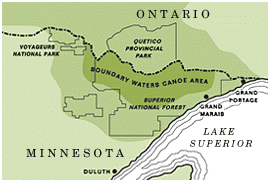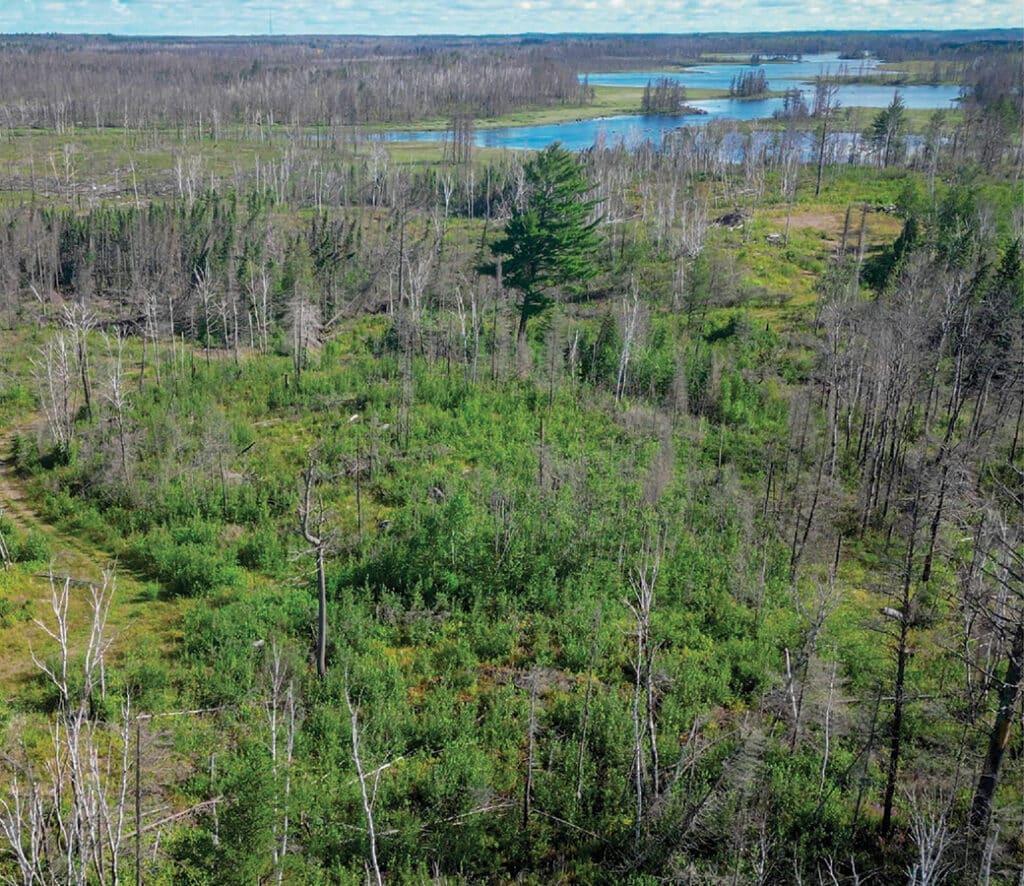
In an important move, The Nature Conservancy has purchased more than 12,000 acres of dense forest and wetland north of Two Harbors, marking its largest land acquisition in over 25 years. The property borders other protected areas and forms part of the Greater Lakes Northwoods, a 60 million-acre region spanning three states. Conservation efforts will focus on sustainable management that supports the health of forests, wildlife, and clean water.
Healthier forests, cleaner water
Dense forests blanket northern Minnesota, while thousands of glacial lakes dot the landscape. The habitat supports a diverse array of wildlife, including moose, wolves, black bears, and hundreds of bird species. Rivers thread through the region, tumbling into dark pools that hold trout and other fish. Rare peatlands cover nearly 10% of the forest, sheltering unusual plants and aquatic life.
To preserve the future health of these forests and waters, The Nature Conservancy has made its largest land acquisition in 25 years by purchasing 12,271 acres north of Two Harbors. This property includes parts of the Rainy River, which flows north into the Boundary Waters Canoe Area Wilderness, and the St. Louis River, which flows east into Lake Superior. It also lies within the Greater Lakes Northwoods region, which spans 60 million acres across three states.
“This was a remarkable opportunity to conserve a significant piece of Minnesota’s Northwoods forever and expand our Sand Lake/Seven Beavers Preserve,” said Ann Mulholland, director of The Nature Conservancy in Minnesota, North Dakota, and South Dakota. She went on to add, “By conserving the forests and waters here, we’re ensuring connected wildlife habitat, healthier forests, clean water, and continued public access now, and for generations to come.”
The conservancy has identified the area as a global priority due to its ecological diversity and potential for climate resilience. Minnesota’s forests and wetlands play a crucial role in filtering freshwater by removing carbon dioxide and trapping pollutants, including nitrogen and phosphorus.
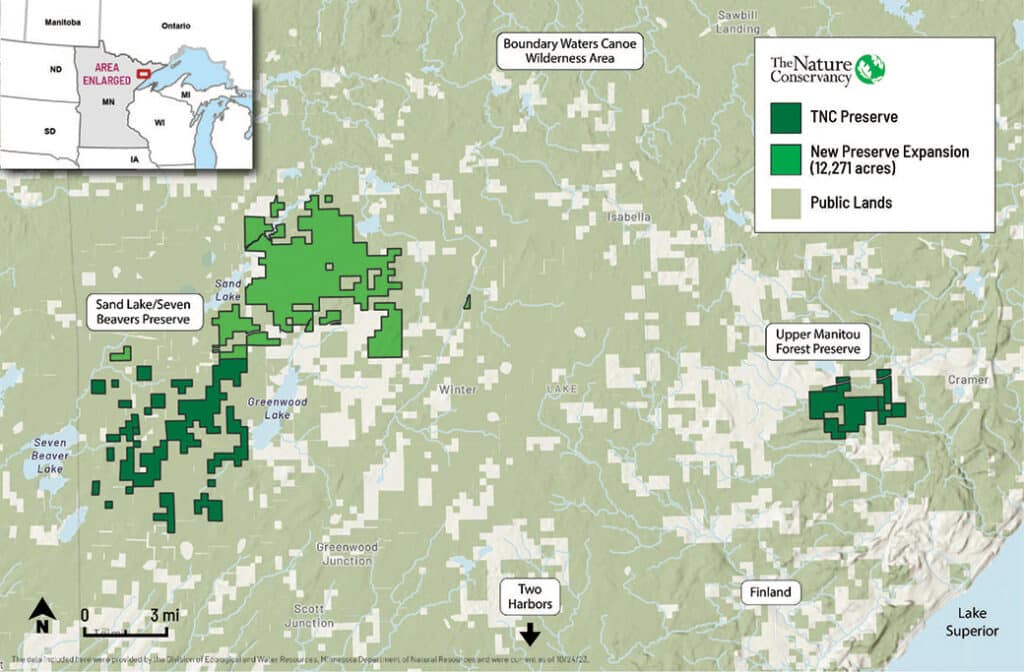
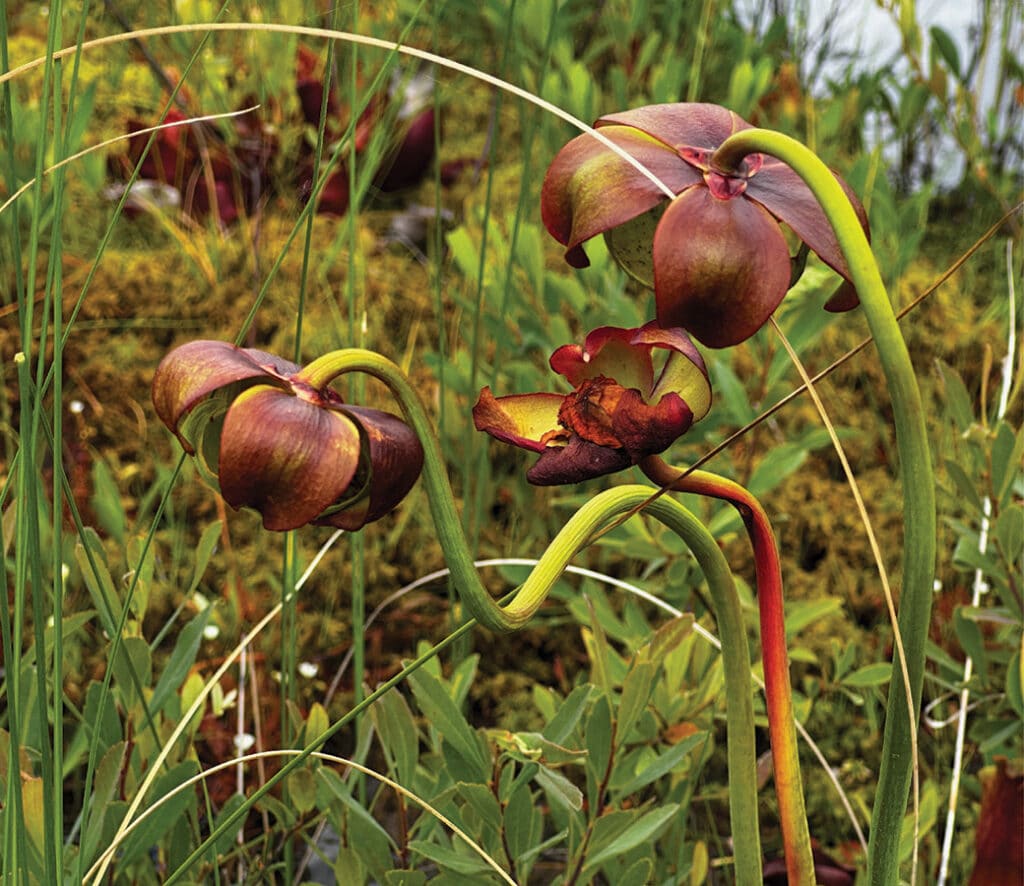
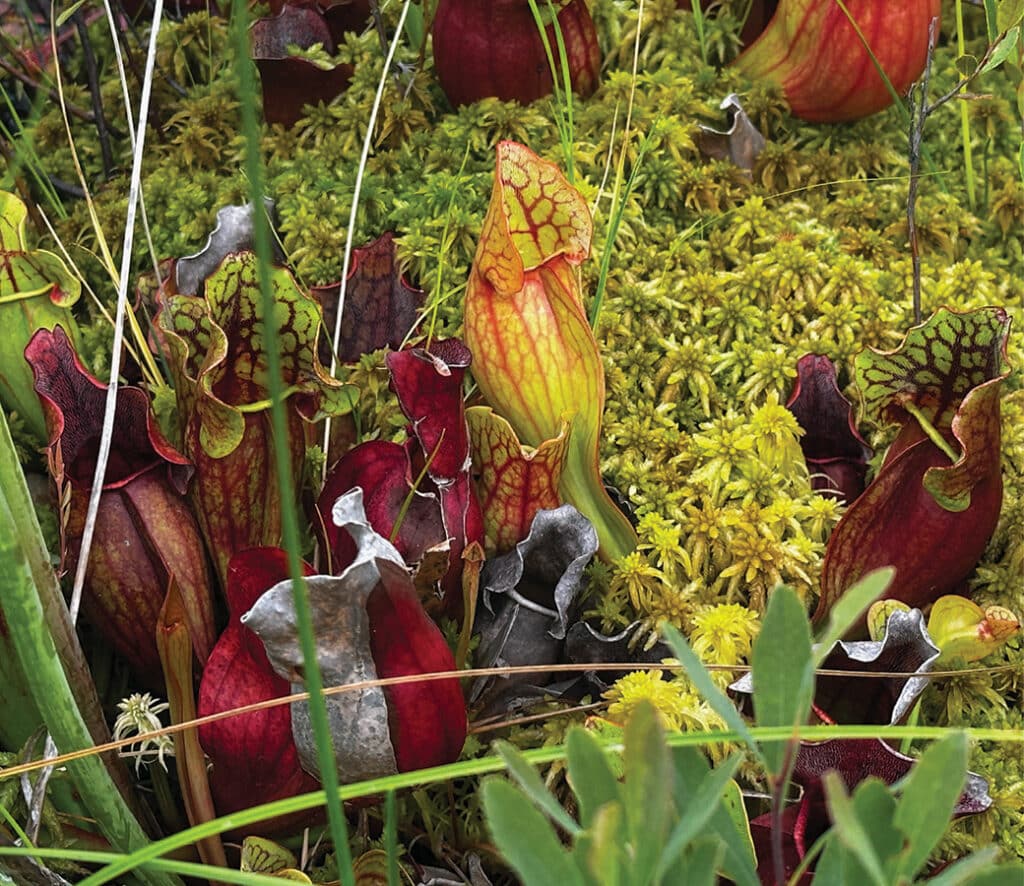
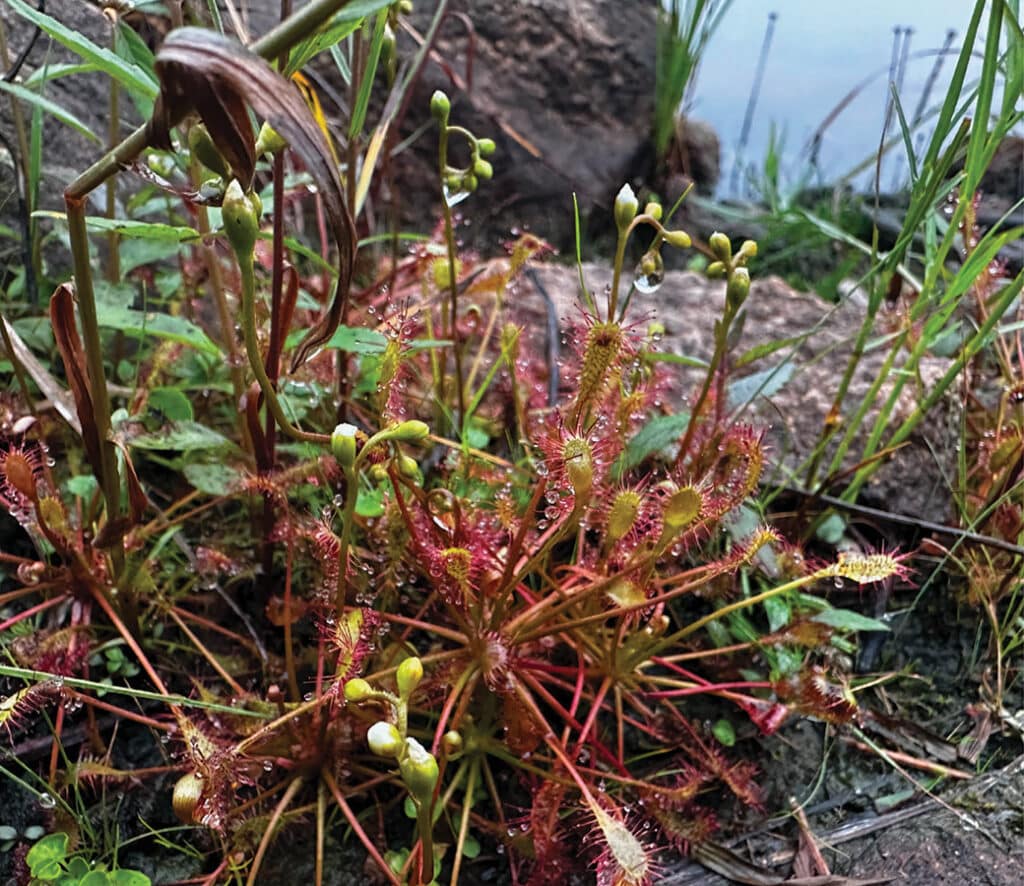
Expanding protected lands
The new property links to other protected areas, such as the Sand Lake Peatland Scientific and Natural Area and the Finland State Forest, both managed mainly by the MNDNR. This addition expands a contiguous protected habitat totaling over 40,000 acres.
Situated near Superior National Forest, the conservancy helps strengthen the network of protected lands and boosts ecological connectivity and conservation efforts in the region. It achieves this by collaborating with various land managers via the Sand Lake/Seven Beavers Collaborative.
To improve the health of the forest, management will include controlled burns, sustainable timber harvesting, and tree planting. These efforts will also address areas affected by the 2021 Greenwood Fire, which burned nearly 27,000 acres. In the past year, crews have planted hundreds of thousands of seedlings in the impacted area. This includes species that tolerate changing temperatures better.
The preserve is open to the public. Visitors can hunt, fish, and recreate there, but the area has no developed hiking trails. “It’ll be for those that are seeking out wildlife and seeking out recreation that are a little bit more rugged,” Mulholland told MPR News.
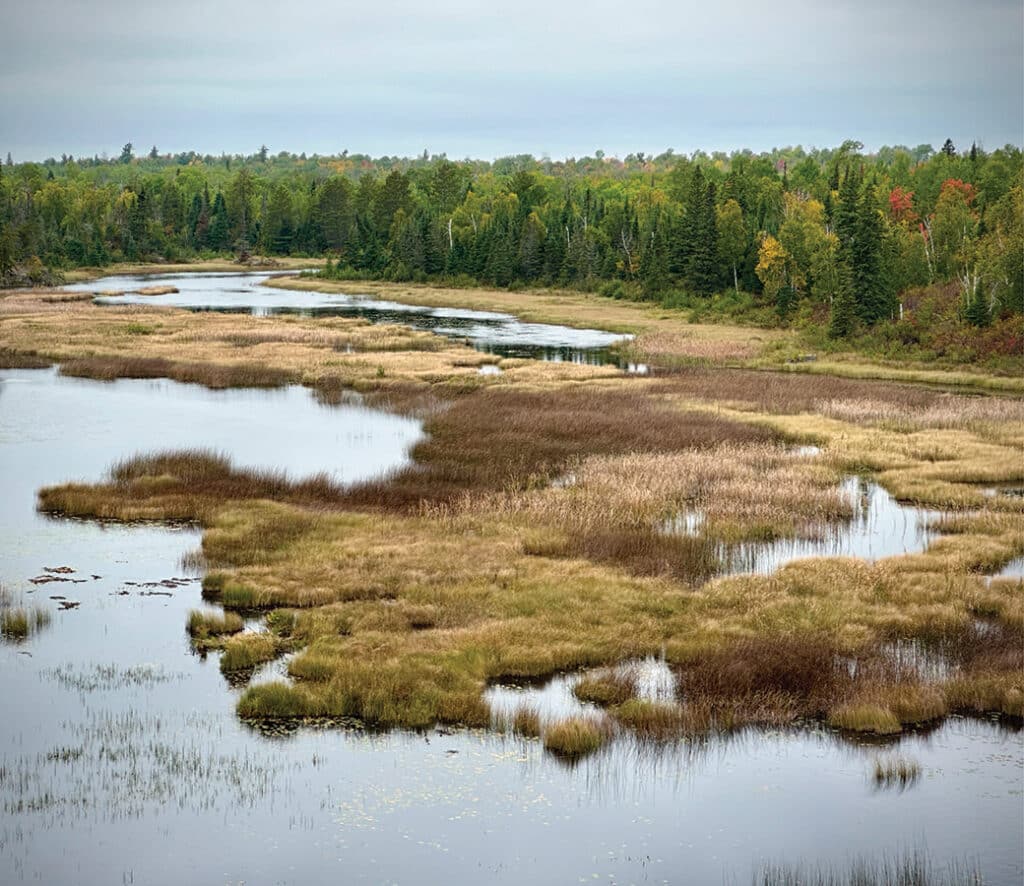
More info:
- The Nature Conservancy protects 12,000+ acres of Minnesota’s Northwoods – TNC
- 12,000 acres of forest and wetlands in northeast Minnesota now public after land purchase – MPR News

